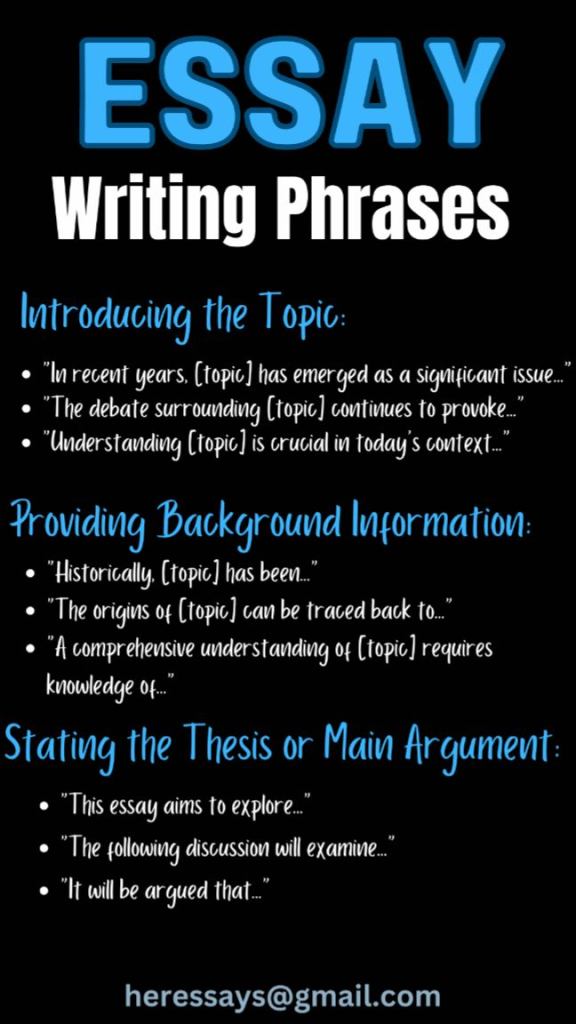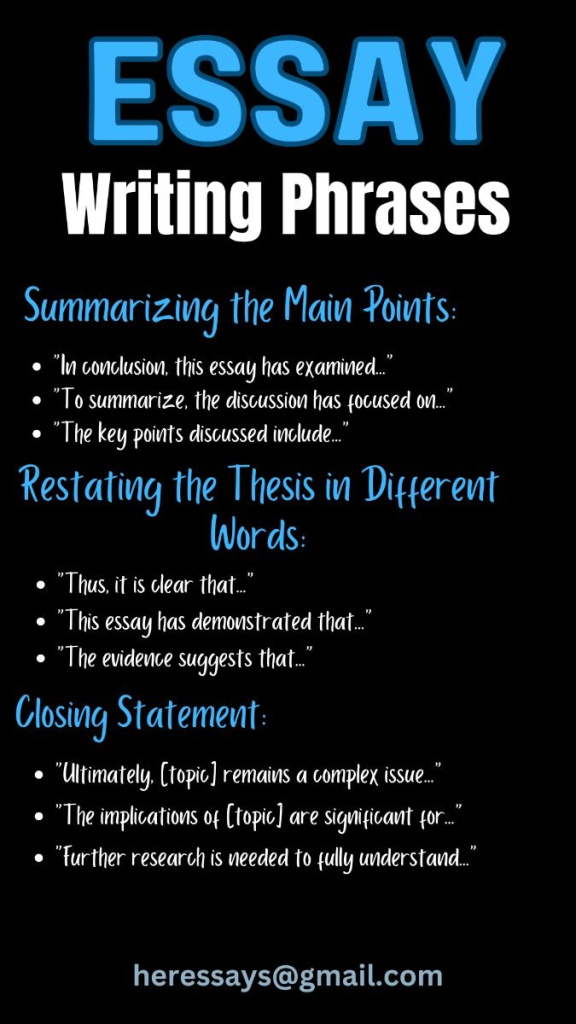Alright, let’s cut to the chase. You’ve got an essay to write, and you’re already dreading it. I get it. There’s nothing less appealing than staring at a blank page while a professor expects you to churn out brilliance on command. That’s not how life works. You’ve got bigger things to deal with—like trying to pay rent, avoid family drama, and maybe squeeze in some fun before the grind starts all over again.
But hey, writing an essay doesn’t have to feel like a root canal. You just need a few tools in your back pocket. Think of this as your ultimate cheat sheet, designed to help you knock out a solid essay without the unnecessary stress.
I’m here to break it down for you, step by step, just like the poster you’re looking at. But, since you’re getting this from me, Lip Gallagher, you know it’s going to be straight-up, no-fluff, and probably the only way you’ll survive that 2,000-word beast.
Step 1: Introducing the Topic – Keep It Simple, Stupid
First thing’s first, you need to introduce your topic. And no, you don’t need to reinvent the wheel here. You’re not expected to drop some mind-blowing revelation in the first sentence. Just set the stage, get the reader interested, and let them know what you’re talking about.

The poster gives you a few killer phrases to help you start off:
- “In recent years, [topic] has emerged as a significant issue…”
- “The debate surrounding [topic] continues to provoke…”
- “Understanding [topic] is crucial in today’s context…”
Pick one of those lines, fill in your topic (that part’s on you, sorry), and boom—you’ve just written your opening. Easy, right? Now, don’t get too cocky yet. You’ve still got a ways to go, but this is a strong start. Don’t get fancy. Don’t overthink it. Keep it clean and straightforward.
Say you’re writing about why TikTok is frying everyone’s attention span (don’t even argue with me on that, you know it’s true). Your intro could be:
“In recent years, TikTok has emerged as a significant issue, especially concerning its impact on attention spans.”
There. Done. Clean, simple, and it lets your reader know what’s coming.
Step 2: Providing Background Information – The Who, What, and WTF
Next, you’re going to need to give a little backstory. Why is your topic even a thing? Where did it come from? And why the hell should anyone care? This is your time to shine as the expert you’re pretending to be.
The poster suggests a few phrases to help you sound smart:
- “Historically, [topic] has been…”
- “The origins of [topic] can be traced back to…”
- “A comprehensive understanding of [topic] requires knowledge of…”
Alright, let’s use that TikTok example again. You might say something like:
“Historically, attention span issues have been linked to rapid technological advancement, but the rise of TikTok has accelerated the problem, with users consuming hours of quick, dopamine-hitting videos.”
Look at you, dropping knowledge! Now the reader has some context. They get the history, and they’re ready to dive into the real meat of your essay. Plus, it gives you a little breathing room to ease into your argument without jumping straight into it.
Step 3: Stating the Thesis or Main Argument – Time to Flex
Here’s where you get to lay it all on the line. This is the point in your essay where you tell your reader, “Look, this is what I’m about to prove, so buckle up.” It’s your thesis. It’s what the rest of your essay is riding on. So don’t screw it up.
The poster gives you three solid options:
- “This essay aims to explore…”
- “The following discussion will examine…”
- “It will be argued that…”
Let’s keep it rolling with the TikTok example. Your thesis could be something like:
“This essay aims to explore how TikTok’s content structure diminishes user attention spans, leading to broader societal implications on productivity and focus.”
Boom. Now you’ve got your reader hooked. They know what to expect, and you’re ready to break it all down.
Step 4: Actually Proving Your Point – AKA, Don’t Just BS It
Okay, now that your intro is solid and you’ve set up the stage, you’ve got to actually prove your argument. Yeah, I know. This part sucks. But it’s also where you get to flex a little. You’ve done some research (right?) or at least dug up a couple of credible sources to back up your claims.
Here’s how you do it: break your argument into manageable pieces. Each paragraph should cover a different point that supports your thesis. And for the love of all things holy, don’t go on some rambling tangent. Stay focused. Make your point, back it up with evidence, and move on.
Example:
- Point 1: How TikTok’s short-form videos train the brain to crave instant gratification.
- Point 2: Research linking social media usage to decreasing attention spans.
- Point 3: The impact this has on broader social behaviors, like work and school performance.
Each of these points gets its own paragraph or section, where you hammer home your argument. You’re basically building a case, brick by brick.
Step 5: Wrapping It All Up – Don’t Leave ‘Em Hanging
Alright, you’ve made it this far, so don’t stumble on the finish line. Your conclusion should wrap up your argument, but don’t just regurgitate everything you just said. Instead, use this space to drive your point home and maybe even leave your reader with a final thought.
Remember the thesis you threw out earlier? Bring it back and tie it all together. Something like:
“In conclusion, TikTok’s impact on attention spans is not just a passing trend but a significant societal issue. As users continue to engage with short-form content, the need for a more mindful approach to technology use becomes evident.”
Boom. You’ve done it. A full essay that actually makes sense, with a clear argument, backed up by evidence, and wrapped up nicely with a bow on top.

Final Thoughts: You’re Not a Writer, But Who Cares?
Here’s the thing—writing essays might never be your favorite thing to do. I get it. But that doesn’t mean you have to suck at it. By following the steps laid out in this poster (and with my added flair), you can knock out essays faster and with less pain. Keep your writing simple, clear, and organized, and your professors will thank you.
And hey, if all else fails, there’s always next time. You’ll get better at this. Just remember—find your angle, back it up, and don’t overcomplicate things. Writing doesn’t have to feel like pulling teeth.
Now go knock that essay out of the park and take a victory lap, you earned